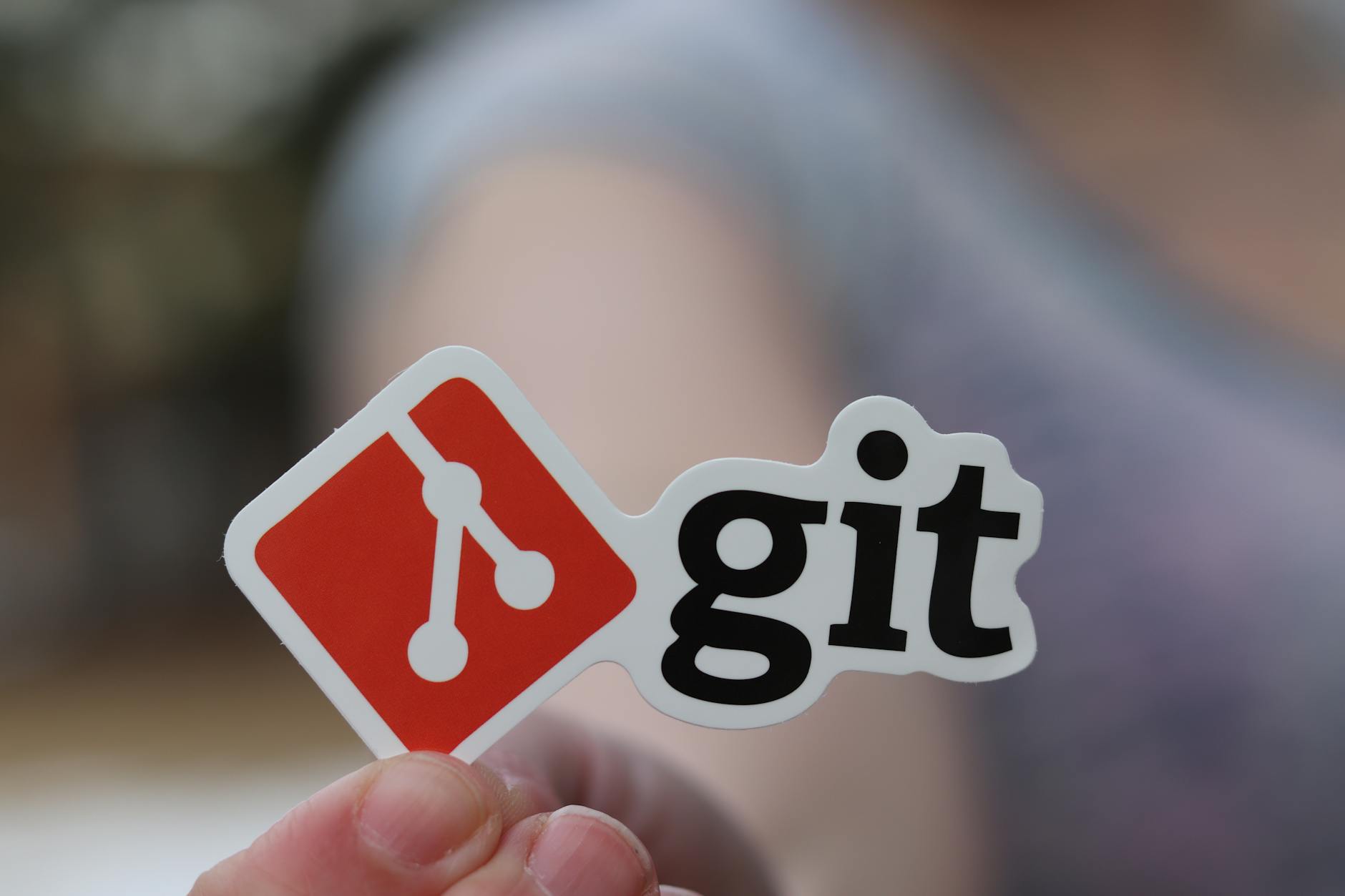OK I’ve been resisting this, but what the heck, might as well learn how it works. So if you are off to write your first set of “requirements” using agile development with Atlassian tools, here’s a decoder ring for all these ideas like initiatives, themes, epics, stories, etc.
They all sound strange, but the core ideas are pretty simple and these is lots of documentation (and interpretation on the web) and this is one noob’s interpretation. But the core idea is how to break up items for sprints.
- Atlassian. Well, if you are using Jira (no comments here about whether that is a good or bad thing :-), then might as well go to the source, but basically the hierarchy is Initiatives > Epics > Stories (aka Task) > Subtask. They even have a tool called Portfolio that let’s you match all this stuff.
- Craft.io and Alexander Cowan. the core idea is a story and it follows a set sentence which is As a
personI want todo something/goalso that I canget a reward. So it is something relatively small like, “As a analyst, I want to see a chart of historical active user/month so that I see if we are trending up or down” This seems super generic, but the basic idea is to be very specific with who is doing it, so you have the customer in mind. And the last bonus points is the requirements, that tells you if the feature is completed. So in the above example, it would be the need for a chart or something like that. The story needs to fit into what can be done in a sprint. - Mountain Goat. The idea is that a story can be completed in a sprint, but what about larger ideas. There are two ways to think about this, the first is that an epic is just a bundle of stories, the other is that the epic itself follows the same <user, goal, result> system and then the stories/tasks fall out of this. As an example is “As an business analyst, I want a monthly report of active users so that I see if the latest product fixes are working.”
- Initiative/Theme. There seem to be a couple of different ideas about this. One idea is that a theme is about a set of unrelated activities (like speed improvements) that have the common idea of better performance. Then there is the idea of an initiative which seems to be about bundling the whole project into something larger.






